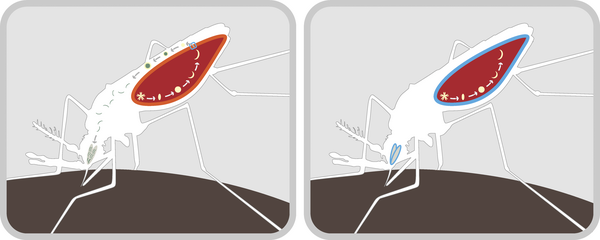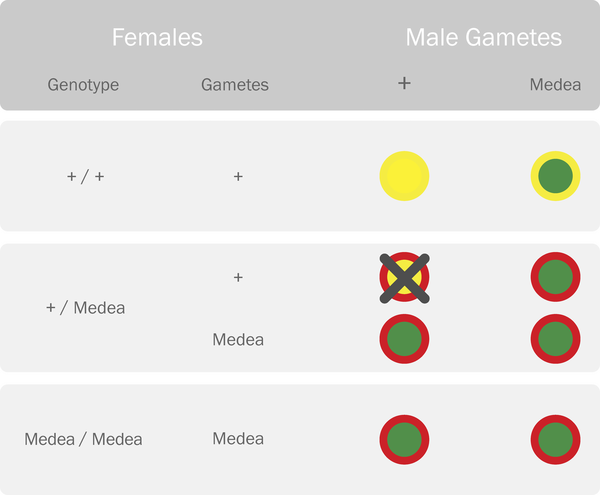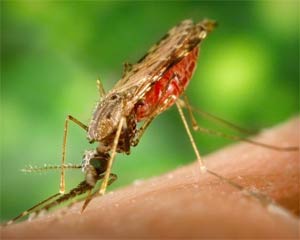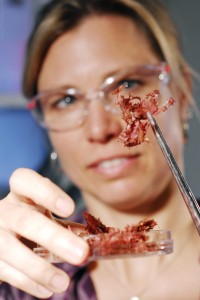Sanaria has won a three-year, $3 million phase 2 Small Business Research Innovation grant from the National Institutes of Health to further develop its malaria vaccine.
The money will support research by scientists at the Rockville company and its partner, Columbia University, according to Sanaria information. The new grant continues earlier NIH-supported efforts at Sanaria and Columbia to develop genetically modified strains of the human malaria parasite Plasmodium falciparum that do not cause disease, but stimulate protective immunity when administered as a live, whole parasite malaria vaccine.
“There is considerable excitement about whole parasite malaria vaccines, and research towards developing genetically modified strains for such vaccines is at the cutting edge of this field,” said Christian Loucq, director of the Malaria Vaccine Initiative with PATH-Program for Appropriate Technology in Health, in a statement.
The parasites have been weakened by exposure to radiation and confer high-level protection against malaria when introduced by the bite of infected mosquitoes, according to Sanaria. These parasites invade host tissues, but cannot complete differentiation and do not replicate or cause disease.
“Sanaria is uniquely positioned at this time to expand the pipeline of candidate sporozoite vaccines to include vaccines based on precisely gene-altered parasites that are highly potent in inducing protective immunity against malaria and are unable to cause disease,” said Stephen L. Hoffman, Sanaria’s founder and chief scientist, in the statement.




